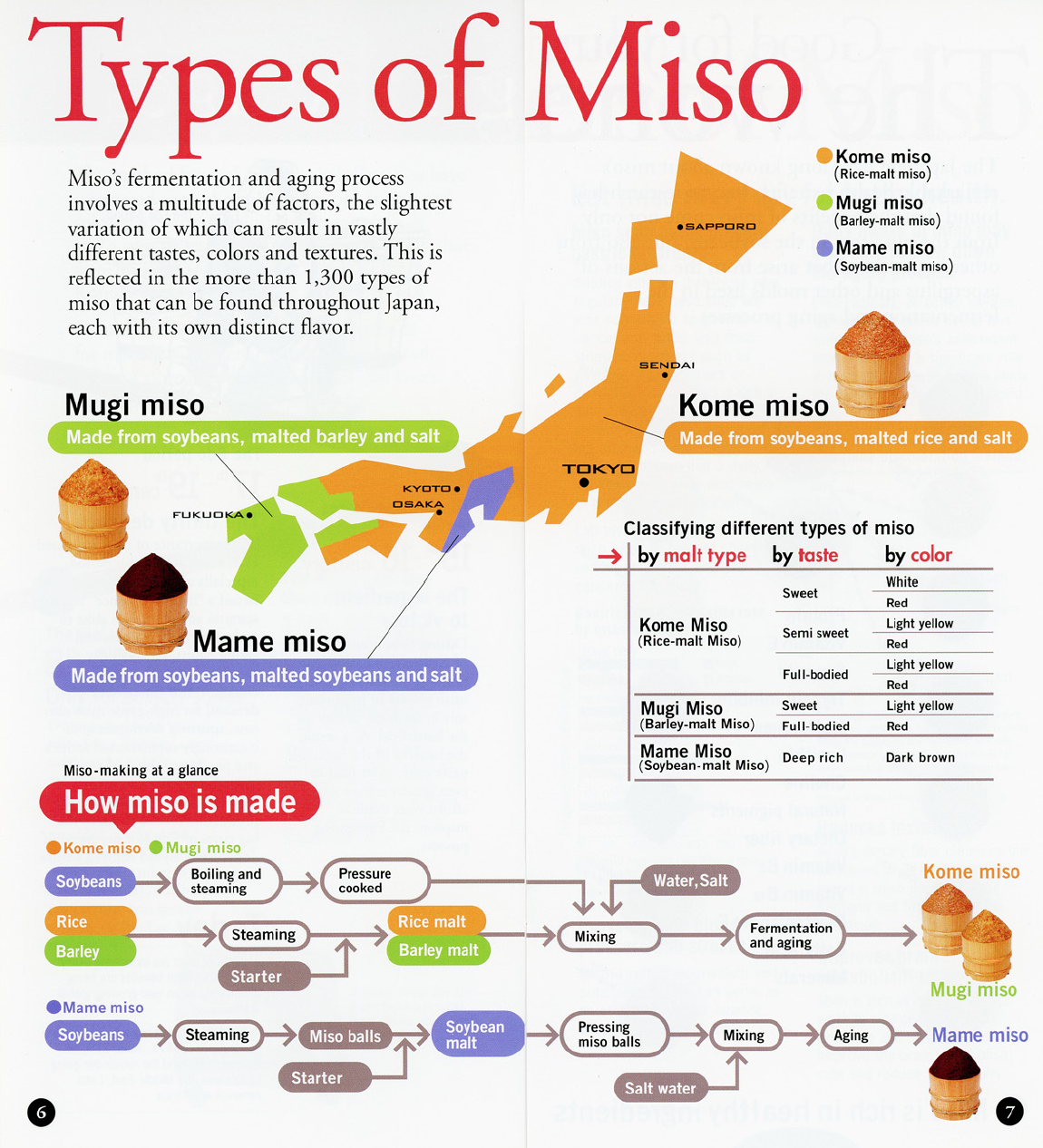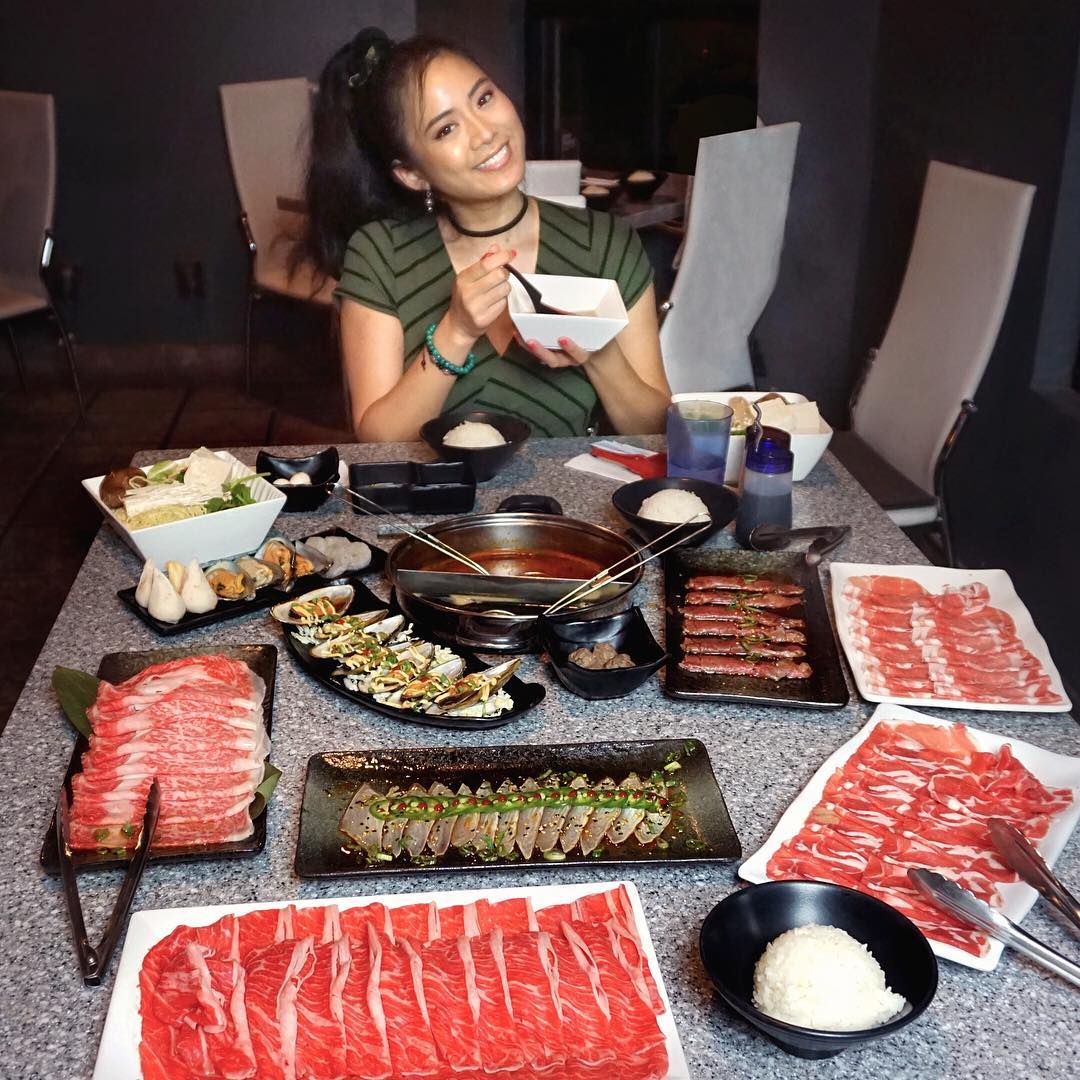JAPAN EATS: Soup!
Dear Foodie Fam,
Here is a very basic Japanese food cheat sheet! Please comment to let me know your thoughts!
But first, a story about the most comforting soup I’ve ever had! No easy way to plunge you into this story, but here we go: Visiting the Hiroshima Peace Park and Museum was definitely the most emotionally draining experience I’ve had in a different country… It says a lot that the only American trip that was just as emotionally demanding as that trip was our visit trip to White Sands, New Mexico to walk in the Bataan Death March memorial march. Both my experiences were based on my family’s ties to WWII. Visiting Hiroshima’s Peace Park and Museum, I found myself floating down a soft, insistent river of catharsis… entirely naked and vulnerable in my humanity alongside other humans who are just as vulnerable. I am forever grateful for and changed by my visit to Hiroshima’s Peace Park and Museum.
We left the Hiroshima Peace Park mentally battered. We went back to the hotel to recover as much as we could before seeking something warm and comforting.
Walking down a small strip of multi-story, vertically towering, neon-lit businesses… bobbing along with business suit and evening gown clad Japanese locals… catching wafts of music escaping doors as lightly drunk parties came in and out of businesses… we sniffed out a restaurant and went in.
Tonkotsu broth, bubbling in a huge pot!
“Ikyuu ken” means, literally “rest roof.” This restaurant can be understood more as "one resting stop"/"one quick break.” I guess sort of like a really cozy “fast food” place that you can go in and enjoy in passing. It sort of had the vibe of a little diner. This place could have been a late night ramen place and it definitely would have been my regular one if I lived here.
It was steamy inside this cozy little space with a few seats (maybe like seven seats) huddled around a kitchen area. There was an entrancing, leviathan of a boiling pot about 3-4 feet from where we sat.
No staff spoke English. There were not English menus. This is pretty common in Japan, and I admire that about them.
The chef and regulars called me "kawaii" because I was so enchanted by the big pot and taking so many photos! Technically, I see now that they must have had great patience because one is supposed to ask if they can take photos of the itamae (Japanese cook/chef) and their space before just snapping away!
A kind local businessman who was finishing his food took notice of us. It’s hard not to when you are seated pretty close. He spoke some English and said he came here, regularly. He ordered for us.
Many signs said “ramen”. This was tonkotsu (pork) broth. There's regional ramens in Japan. Three are common in Hiroshima: Onomichi, Fukuyama & Hiroshima. My guess was Hiroshima ramen. It was luscious, filling and milky from the pork bone collagen. These bones were like islands bobbing about in the bubbling soup. My friend says this is probably Saga style ramen from Saga prefecture, south of Hiroshima.
If our visit to this place were a song, it would be a soft, comforting lullaby.
The menu at Iyuuken!
Ikyuuken in Hiroshima. I would make this a regular haunt, if I could.
This is the sign that I took a photo of to get translated by Japanese friends I hoped to make online! And I did make some great ones.
Basic Japanese Soups:
BROTH
Dashi Broth:
extraction of lombu kelp, dried shiitake mushrooms, sardines, bonito fish flakes.Donabe:
made/served in Japanese earthenware pot.Miso:
made of fermented soybeans.Tonkotsu (豚骨, Pork Bone):
made of pork bones boiled until it's milky in color and creamy. May have pork fat.
POPULAR SOUPS
Ramen:
BASE: dashi broth + shio (salt), shoyu (soy sauce), miso(soybean paste), or tonkotsu (pork-bone) flavoring.
NOODLES: al dente wheat noodles (many shapes and forms).
COMMON TOPPINGS: not limited to: char siu pork, boiled egg, bamboo shoots, wakame, mung bean sprouts, nori seaweed… etc.
COMMON TYPES: Regional and…Shoyu (醤油, Soy Sauce): Most common. Usually chicken broth (sometimes has other meat).
Shio (塩, Salt): Usually chicken broth. Light, clear, salted.
Miso (味噌, Soybean Paste): Thick, brown, soybean flavored. Was created to be a more substantial ramen.
Tonkotsu (豚骨, Pork Bone): Pork bones are boiled until broth is milky/creamy/oily. May have pork fat.
Shirumono:
BASE: dashi broth.Miso:
BASE: dashi broth + miso paste.
COMMON TOPPINGS: silken tofu, sliced leek or green onion, wakame seaweed.
COMMON TYPES: may be prefecture-specific, red and white miso, combination (awase), chunky iinaka (country style) miso.
Kimchi Nabe キムチ鍋
BASE: anchovy broth.
STYLE: hot / sour / lightly spicy.
COMMON TOPPINGS: kimchi, pork belly, vegetables.Nabeyaki Udon 鍋焼きうどん:
STYLE: Donabe.
NOODLES: udon.
COMMON TOPPINGS: chicken, fish cake, mushrooms, veggies, egg, crispy shrimp tempura.Sukiyaki すき焼き and Shabu Shabu しゃぶしゃぶ:
STYLE: communal hot pots.
COMMON TOPPINGS: individually plated, separate veggies:, tofu, mushrooms, beef.Tonjiru 豚汁:
BROTH: dashi broth + miso paste (fermented soybeans) .
COMMON TOPPINGS: pork belly tonkatsu. seasonal root veggies. Meat-lovers love this!Rice Porridge (Okayu) お粥:
BASE: Rice and water.
COMMON TOPPINGS: protein, veggies, nori, sesame seeds or scallions .Oden おでん:
STYLE: one pot dish.
BROTH: soy sauce based dashi broth.
COMMON TOPPINGS: fish balls, fish cakes, deep fried tofu, hard-boiled eggs, veggies.Mille-Feuille Nabe 重ね鍋:
STYLE: hot pot.
BROTH: savory dashi broth.
COMMON TOPPINGS: In French, “mille-feuille” means a thousands layers, this has layers of napa cabbage, pork belly.
Cool Graphics About Japanese Soups
SOURCE: Hawken King
SOURCE: Tiffany Egbert
COOL .PDF ON MISO!
SOURCE: Japan Miso Promotion Board
Sacramento Ramen Faves:
I tend to like the broth at Heat Shabu Baru … and that I can just pig out there. They have miso and tonkatsu broth and noodles. I like that I can customize them and I just always really liked the vibe and people, here.
Other fave: Koshi Ramen
Other popular joints:



















